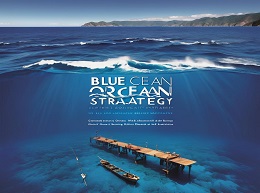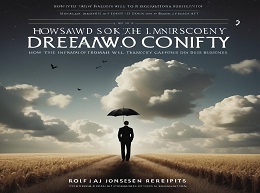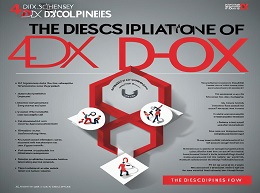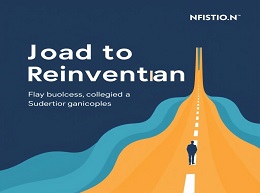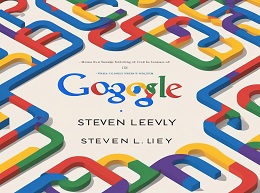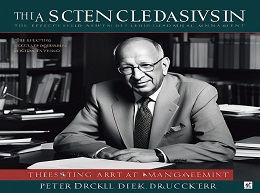Innovate Like Edison: The Success System of America's Greatest Inventor
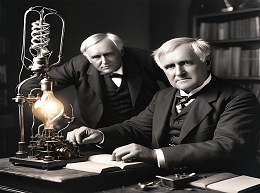
Unveiling the Secrets of a Legendary Inventor
Thomas Edison, often hailed as America’s greatest inventor, transformed the world with his groundbreaking innovations. From the electric light bulb to the phonograph, his contributions have left an indelible mark on history. "Innovate Like Edison: The Success System of America's Greatest Inventor" by Michael J. Gelb and Sarah Miller Caldicott, Edison's great-grandniece, delves into the principles and strategies that powered Edison's prolific inventiveness. This book is a treasure trove of insights for anyone seeking to harness their creative potential and achieve extraordinary success.
1. Solution-Centered Mindset
Edison's approach to problem-solving was centered around finding practical solutions to real-world problems. He believed in understanding the needs of people and creating innovations that addressed those needs effectively.
The Invention of the Phonograph
Edison's invention of the phonograph was driven by the desire to create a device that could record and play back sound. This breakthrough laid the foundation for the modern music and recording industry, demonstrating how a solution-centered mindset can lead to transformative innovations.
2. Kaleidoscopic Thinking
Edison’s ability to think across disciplines and draw connections between seemingly unrelated fields was a key factor in his success. He constantly sought new perspectives and combined diverse ideas to fuel his creativity.
The Development of the Electric Light Bulb
Edison's work on the electric light bulb involved knowledge from various fields, including chemistry, physics, and materials science. His ability to integrate these disciplines led to the creation of a practical and long-lasting light bulb, revolutionizing the way people lived and worked.
3. Full-Spectrum Engagement
Edison believed in immersing himself fully in the process of innovation. This meant not only thinking and planning but also engaging in hands-on experimentation and prototyping.
Menlo Park Laboratory
At his Menlo Park laboratory, Edison created an environment where full-spectrum engagement thrived. He and his team worked tirelessly on multiple projects simultaneously, testing and refining their ideas through relentless experimentation. This immersive approach was crucial in turning ideas into tangible inventions.
4. Master Mind Collaboration
Edison understood the power of collaboration and often worked with a team of talented individuals who brought diverse skills and perspectives to the table. He fostered a collaborative culture that encouraged open communication and idea-sharing.
The Invention of the Motion Picture Camera
The development of the motion picture camera was a collaborative effort involving Edison's assistant, William Kennedy Laurie Dickson. By working together, they were able to create a device that captured moving images, laying the groundwork for the film industry. This exemplifies how collaboration can amplify innovation.
5. Super-Value Creation
Edison's focus was not just on inventing for the sake of it but on creating products that delivered exceptional value to society. He aimed to improve the quality of life and make everyday tasks easier and more efficient.
The Commercialization of Electricity
Edison's work on developing and commercializing electricity brought immense value to society. By creating a reliable system for generating and distributing electrical power, he enabled advancements in industry, communication, and daily life, showcasing the impact of super-value creation.
Embracing Failure
One of the key takeaways from "Innovate Like Edison" is the importance of embracing failure as a stepping stone to success. Edison viewed each failure as an opportunity to learn and improve, which kept him resilient and persistent in his pursuits.
The Numerous Attempts to Create a Practical Light Bulb
Edison famously said, "I have not failed. I've just found 10,000 ways that won't work." His numerous attempts to create a practical light bulb eventually led to success, illustrating that perseverance in the face of failure is crucial for innovation.
Systematic Experimentation
Edison’s approach to experimentation was highly systematic. He meticulously documented his experiments, analyzed the results, and used this data to inform subsequent tests. This methodical approach enabled him to refine his ideas and achieve breakthroughs.
The Development of the Alkaline Storage Battery
Edison's work on the alkaline storage battery involved over 50,000 experiments. His systematic experimentation process allowed him to test various materials and configurations, ultimately leading to a successful and widely used battery design.
Fostering an Innovative Culture
Businesses and individuals can apply Edison's principles by fostering a culture that encourages creativity, collaboration, and a solution-oriented mindset. Creating an environment where ideas can be freely shared and tested is essential for sustained innovation.
Google's Innovation Ecosystem
Google's workplace culture embodies many of Edison's principles. The company encourages employees to spend 20% of their time on passion projects, promotes cross-disciplinary collaboration, and embraces failure as part of the learning process. This culture has led to numerous successful innovations, such as Gmail and Google Maps.
Leveraging Modern Tools and Technologies
While Edison worked with the tools of his time, today’s innovators have access to advanced technologies that can accelerate the innovation process. Leveraging digital tools, data analytics, and rapid prototyping technologies can help bring ideas to life more efficiently.
The Rise of 3D Printing
3D printing technology allows for rapid prototyping and iterative testing, aligning with Edison's approach to systematic experimentation. Companies like Formlabs have utilized 3D printing to innovate in fields ranging from healthcare to manufacturing, demonstrating the power of modern tools in driving innovation.
Unlocking Your Inner Edison
"Innovate Like Edison" offers a comprehensive framework for anyone looking to enhance their creative abilities and drive meaningful innovation. By adopting Edison's principles of a solution-centered mindset, kaleidoscopic thinking, full-spectrum engagement, master mind collaboration, and super-value creation, individuals and organizations can unlock their potential and achieve extraordinary success.
Implementing Edison's Principles
Readers are encouraged to start implementing Edison's principles in their own lives and work. Whether it's embracing failure, fostering collaboration, or leveraging modern technologies, these strategies can help turn creative visions into reality.
Continuous Learning and Adaptation
As the world continues to evolve, continuous learning and adaptation are essential. Staying informed about emerging trends, seeking new perspectives, and remaining open to experimentation will enable sustained innovation and success.
